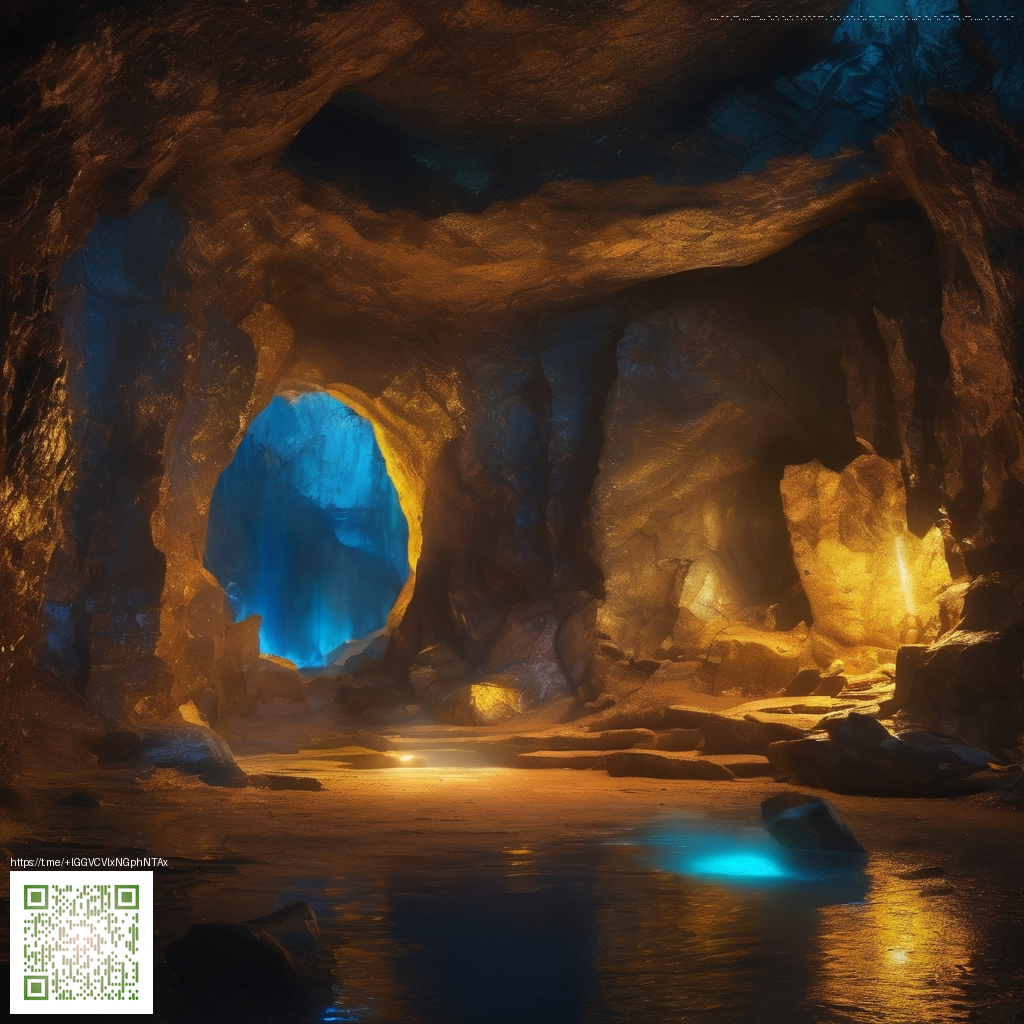
Data source: ESA Gaia DR3
Illuminating open clusters with a distant blue-hot beacon
Open clusters are stellar families born from the same giant clouds of gas and dust. As they drift through the Galaxy, their member stars share a common history, moving together and lighting up the same region of color–magnitude space. The Gaia mission, with its precise positions, distances, and colors for more than a billion stars, acts like a cosmic auditor, helping astronomers separate true members from chance alignments. In this article we explore how a single distant blue-hot star identified by Gaia DR3 becomes a signpost—one beacon among many—that helps reveal the presence of an open cluster far across our Milky Way.
Gaia DR3 4064795020744852608: a blue beacon in the data cloud
At first glance, the star's numbers tell a tale of a bright, energetic engine in the far reaches of our Galaxy. Gaia DR3 4064795020744852608 sits at right ascension 272.2111 degrees and declination -26.2615 degrees, placing it in the southern sky. It shines in Gaia's G band with a mean magnitude of 15.65—visible with modest telescope effort, but far too faint to be seen with the naked eye in most locations.
- Distance: Photometric distance ≈ 2768.5 parsecs, i.e., about 2.77 kiloparsecs or roughly 9,000 light-years away. That places it well beyond our solar neighborhood and into a region where dust can still shape how we perceive the light.
- Color and temperature: The star is hot, with an effective temperature around 37,443 K, indicating a blue-white color in the physics of stellar atmospheres. Such temperatures belong to the hottest O- or B-type stars, which burn brilliantly and live fast.
- Size: Radius about 6 solar radii, a compact yet luminous envelope consistent with a young, massive star.
- Photometry: Gaia photometry shows BP ≈ 17.65 and RP ≈ 14.25, yielding a BP−RP color index of about 3.40 mag. In Gaia’s bands this may hint at complex effects along the line of sight, including substantial interstellar reddening, which can darken blue light more than red light. The intrinsic temperature still points to a blue-hot star.
- Nature of data: Radii and temperatures come from Gaia's gspphot pipeline, while the distance is a photometric-based estimate. Some fields are NaN (not available), such as radius_flame and mass_flame, reminding us that Gaia provides a treasure chest of measurements with some gaps.
Why a distant blue star matters for cluster hunting
Open clusters are not just a random ensemble of stars; they are shared chapters of a single star-formation event. When astronomers comb Gaia DR3 data, they search for groups of stars that cluster in three dimensions of motion and distance: they share a similar parallax (distance) and proper motion (sky drift over time). A bright blue star like Gaia DR3 4064795020744852608 acts as a lighthouse in this search: if its neighbors share the same motion and distance, they are strong cluster candidates. The hot star’s high luminosity makes it an especially useful anchor in crowded fields where fainter members might be hidden by dust or confusion.
Color, temperature, and the sky around the star
The celestial neighborhood around this star is in the southern sky, at coordinates well into the Milky Way’s plane. The Teff gleaned from Gaia DR3 points to a blue-white star, a hallmark of early spectral types such as O- or B-class. Its radius—six times that of the Sun—fits the profile of a hot, relatively compact star rather than a cool red giant. Put together, the numbers paint a portrait of a bright, short-lived star—one that shines with the energy of millions of Suns and can help illuminate the cluster-forming clouds that once birthed it.
“Gaia’s precise distances and motions allow us to test whether nearby stars are gravitationally tied to a common origin, turning a single luminous star into a map-marker for a stellar family.”
From data to discovery: the Gaia approach to open clusters
- Astrometric coherence: members share similar parallax and proper motion, tracing a coherent 3D motion through the Galaxy.
- Photometric consistency: stars lie along a shared color–magnitude sequence, revealing a common age and chemical makeup.
- Spatial clustering: a group of candidates appears in a defined region of the sky, suggesting a real physical association rather than a chance alignment.
- The beacon effect: a hot, luminous star within or near the cluster helps confirm the grouping, serving as a bright reference point in crowded fields.
For students and curious readers, this demonstrates how a single star—its temperature, its color, and its measured distance—becomes a doorway into the broader physics of star formation and cluster dynamics. Gaia DR3 4064795020744852608 embodies the synergy of precise photometry, robust temperature estimates, and astrometric measurements that makes the search for open clusters both scientific and poetic: a cluster is not just a collection of points in the sky; it is a family with a shared story, told in the language of light and motion.
This star, though unnamed in human records, is one among billions charted by ESA’s Gaia mission. Each article in this collection brings visibility to the silent majority of our galaxy — stars known only by their light.